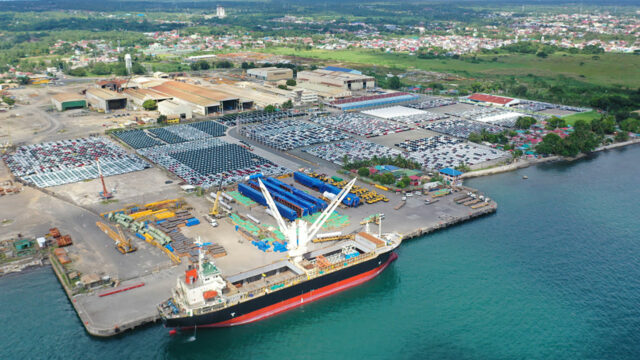Skechers crowns Pia Wurtzbach as brand ambassador
The Company has chosen the beauty queen to promote Skechers Hands Free Slip-ins and the brand’s winning comfort technologies
Pia Wurtzbach is stepping into the spotlight in total comfort thanks to Skechers. The global lifestyle and performance brand known for its trending styles and coveted innovations has announced that Ms. Wurtzbach has joined The Comfort Technology Company® as the first ambassador for the Philippines. The beauty queen, model, actress and fitness enthusiast will promote Skechers’ diverse range of footwear, including styles featuring its popular Skechers Hands Free Slip-ins technology.
“Skechers is the brand I’m sure of when it comes to commitment to comfort without compromising style,” began Pia Wurtzbach. “With the profession I’m in, it’s important for me to have footwear I can rely on, and a brand that has everything I need for the types of activities that I do. Whether it’s a busy day at Fashion Week or a morning on my quiet days running at the park, I always find myself reaching for the right Skechers pair. I’m deeply honored and thrilled to join the Skechers team, and I can’t wait to share my journey with them.”
“Skechers has placed particular importance and investment in the Philippines, and as we continue to build our business in the market, we felt the time was right to have a Filipino that embodies both the country and the brand’s culture. We found just that with Pia Wurtzbach,” said Suzette Pasustento, country manager of Skechers Philippines. “Pia’s influence across many areas along with her dedication to an active lifestyle aligns with our brand’s diverse ethos. We look forward to working with Pia to inspire others to take that first step with Skechers and realize their full potential.”
An elegant modern-day fashion icon, Ms. Wurtzbach has amassed a strong fan base locally and internationally and shines through with her impressive accomplishments. A finisher of the 2022 New York City Marathon and a regular at global fashion weeks, she embodies the perfect blend of style and fitness. The ambassadorship is an ideal match, with Ms. Wurtzbach’s effortlessly chic personality paired with Skechers’ popular designs that cater to both trend-savvy individuals and active enthusiasts alike.
Ms. Wurtzbach joins a team of global Skechers ambassadors — from music icon Snoop Dogg, lifestyle legend Martha Stewart, America’s Got Talent host Howie Mandel, and TV and fitness personalities Amanda Kloots and Brooke Burke to former professional athletes such as Sugar Ray Leonard. The roster of elite pros around the world competing in Skechers footwear includes basketball players Julius Randle and Terance Mann, both of whom recently toured the Philippines, as well as Joel Embiid and Rickea Jackson; golfers Matt Fitzpatrick and Brooke Henderson; soccer players Harry Kane, Mohammed Kudus and Oleksandr Zinchenko; baseball players Clayton Kershaw, Aaron Nola, Chris Taylor and Brendan Donovan; and pickleball pros Tyson McGuffin and Catherine Parenteau.
Skechers offers its complete range of footwear at Skechers retail stores, as well as at department stores and footwear retailers around the globe.
Spotlight is BusinessWorld’s sponsored section that allows advertisers to amplify their brand and connect with BusinessWorld’s audience by publishing their stories on the BusinessWorld Web site. For more information, send an email to online@bworldonline.com.
Join us on Viber at https://bit.ly/3hv6bLA to get more updates and subscribe to BusinessWorld’s titles and get exclusive content through www.bworld-x.com.


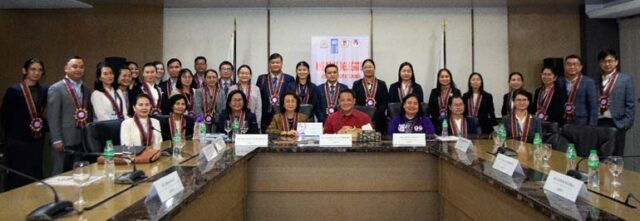




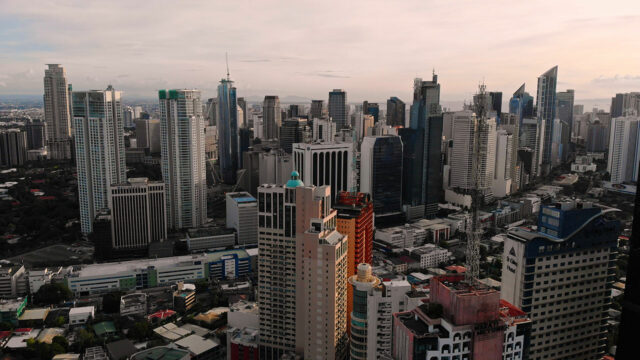
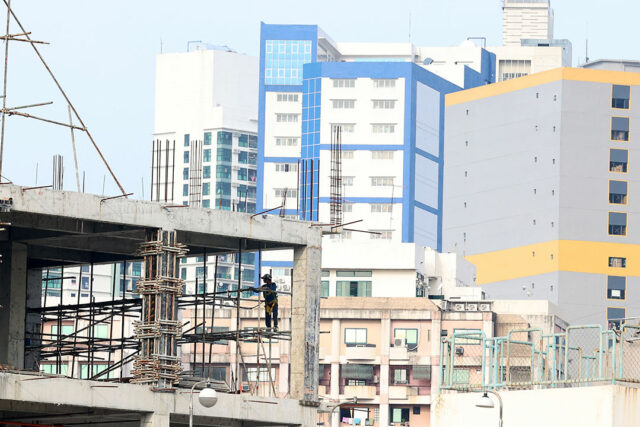

 That’s why JETOUR Auto Philippines, Inc. (JAPI), in its constant quest to make the JETOUR ownership experience a truly inclusive family affair, has announced that all of its JETOUR Auto showrooms are pet-friendly dealerships.
That’s why JETOUR Auto Philippines, Inc. (JAPI), in its constant quest to make the JETOUR ownership experience a truly inclusive family affair, has announced that all of its JETOUR Auto showrooms are pet-friendly dealerships.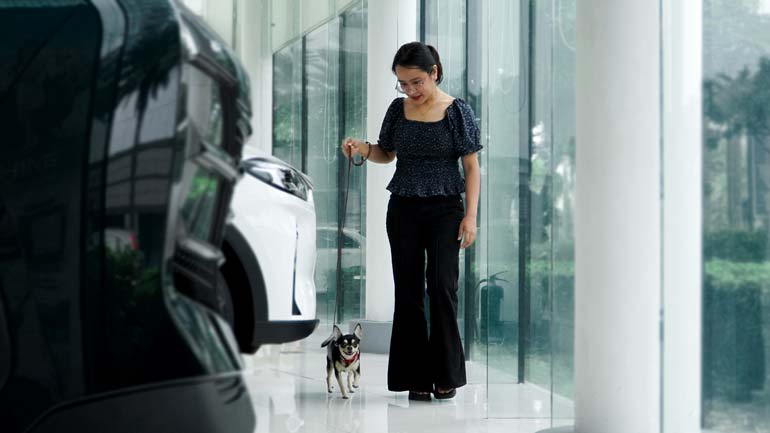 JAPI Marketing Director Cherry May De Los Santos said, “We at JETOUR Auto Philippines are very much aware how beloved our pets are in our households. In fact, nearly all of us here at JAPI also take care of at least one animal companion at home. They not only give us unconditional love and so many happy, playful memories, but also teach the younger members of our family how to responsibly care for another living being.”
JAPI Marketing Director Cherry May De Los Santos said, “We at JETOUR Auto Philippines are very much aware how beloved our pets are in our households. In fact, nearly all of us here at JAPI also take care of at least one animal companion at home. They not only give us unconditional love and so many happy, playful memories, but also teach the younger members of our family how to responsibly care for another living being.” However, to keep the JETOUR showrooms an enjoyable and safe space for all visitors, certain guidelines must be followed by the pet owners at all times while their animal companions are inside the showroom premises. These are the following:
However, to keep the JETOUR showrooms an enjoyable and safe space for all visitors, certain guidelines must be followed by the pet owners at all times while their animal companions are inside the showroom premises. These are the following: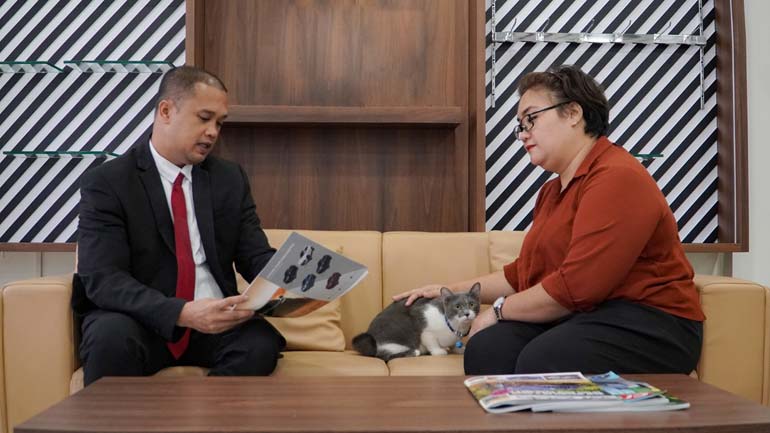 JAPI is the sole and official distributor of JETOUR vehicles and services in the country, and offers the 7-seater JETOUR X70 Series (Journey, Travel, Sport) and the X70 Plus, the JETOUR Dashing, Dashing Symphony and the Dashing Lightning i-DM, the JETOUR Ice Cream Battery Electric Vehicle, and the 4X4 SUV JETOUR T2.
JAPI is the sole and official distributor of JETOUR vehicles and services in the country, and offers the 7-seater JETOUR X70 Series (Journey, Travel, Sport) and the X70 Plus, the JETOUR Dashing, Dashing Symphony and the Dashing Lightning i-DM, the JETOUR Ice Cream Battery Electric Vehicle, and the 4X4 SUV JETOUR T2.
